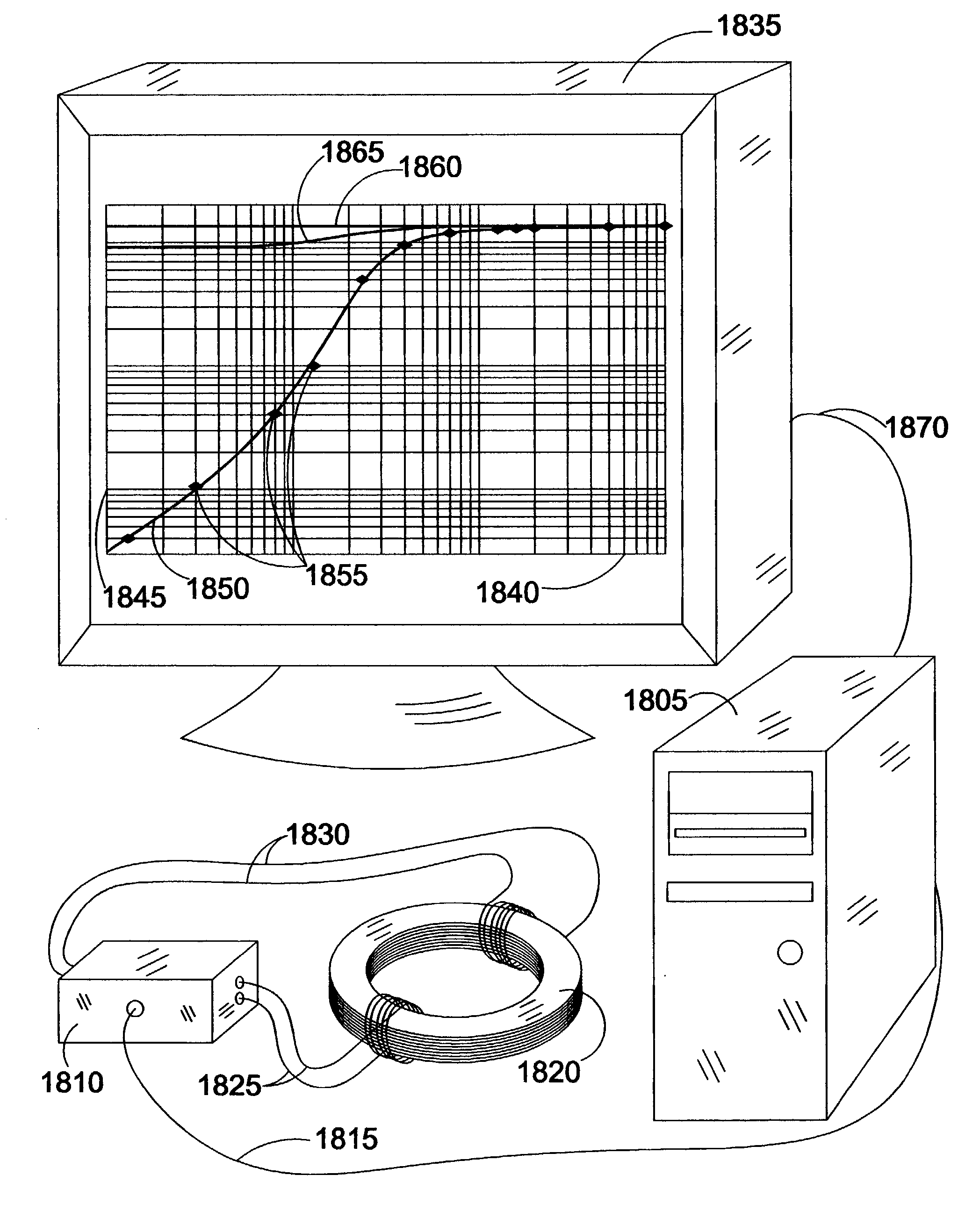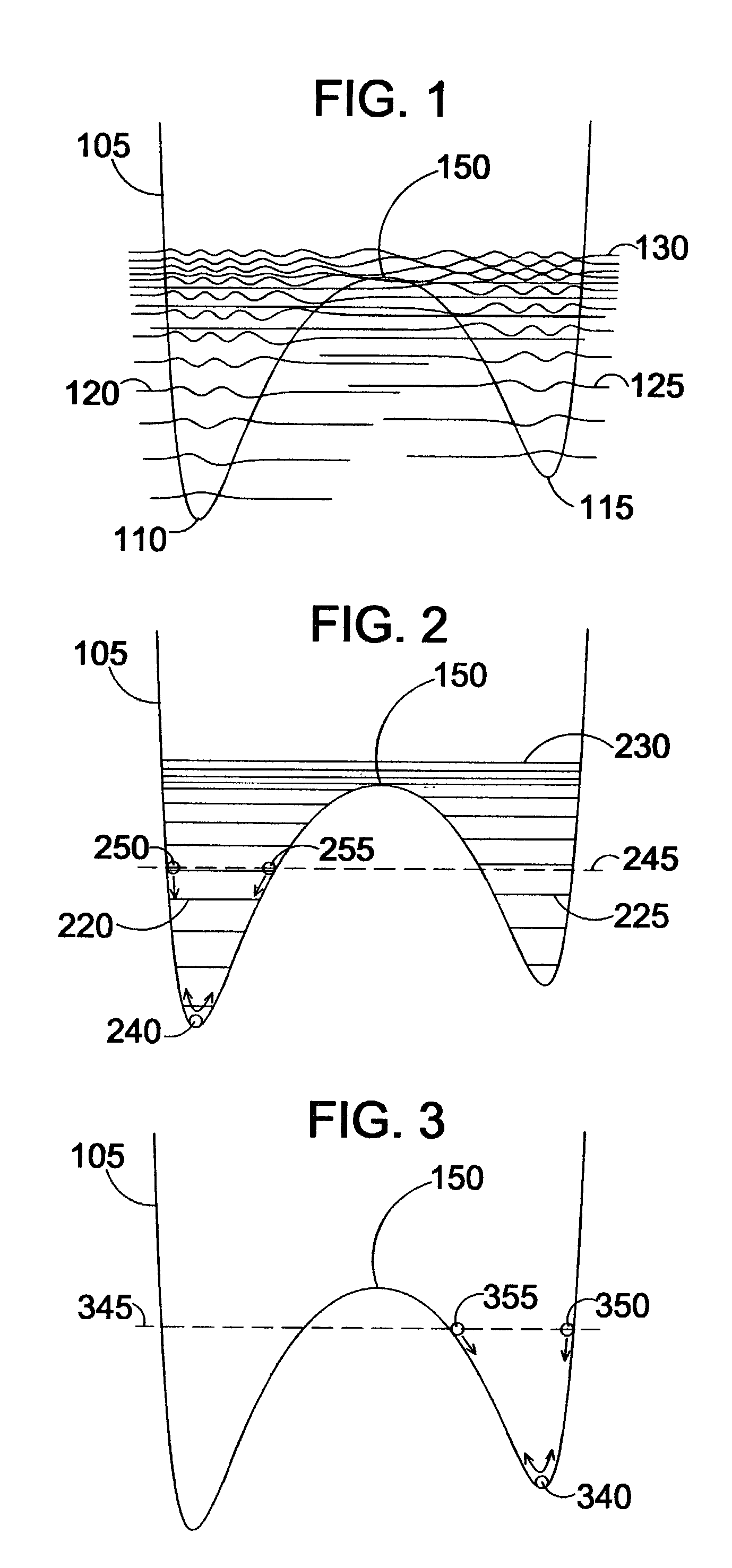System and method for quantifying material properties
a material property and measurement system technology, applied in the direction of mechanical measurement arrangement, simultaneous indication of multiple variables, instruments, etc., can solve the problems of reducing the value of test data with the time it takes, and affecting the accuracy of measurement results. , to achieve the effect of optimizing the overall economy and utility, reducing the number of mechanical testing methods, and simplifying mechanical testing methods
- Summary
- Abstract
- Description
- Claims
- Application Information
AI Technical Summary
Benefits of technology
Problems solved by technology
Method used
Image
Examples
Embodiment Construction
[0165] The preceding summary has been fairly comprehensive, implying a range of possible embodiments. The stable core of these embodiments is an original physics analysis and computational method for obtaining a meaningful and accurate approximation of complex, nonlinear, temperature dependent dynamic stress / strain responses in a wide range of materials, particularly polymers and elastomers. The invention becomes more complex when it comes to methods for error minimization to obtain an optimum parameter fit to data, with a number of preexisting methods being adaptable to the completely new context described. At the data acquisition end of the system, the possibilities take on the broadest range, with many sets of tests that probe the range of material properties being applicable. Impact and scratch or hardness tests do not probe such a range, but creep modulus tests do better. Those tests do not anticipate the utility of much shorter-term data, which can be used to broaden the range...
PUM
 Login to View More
Login to View More Abstract
Description
Claims
Application Information
 Login to View More
Login to View More - R&D
- Intellectual Property
- Life Sciences
- Materials
- Tech Scout
- Unparalleled Data Quality
- Higher Quality Content
- 60% Fewer Hallucinations
Browse by: Latest US Patents, China's latest patents, Technical Efficacy Thesaurus, Application Domain, Technology Topic, Popular Technical Reports.
© 2025 PatSnap. All rights reserved.Legal|Privacy policy|Modern Slavery Act Transparency Statement|Sitemap|About US| Contact US: help@patsnap.com



